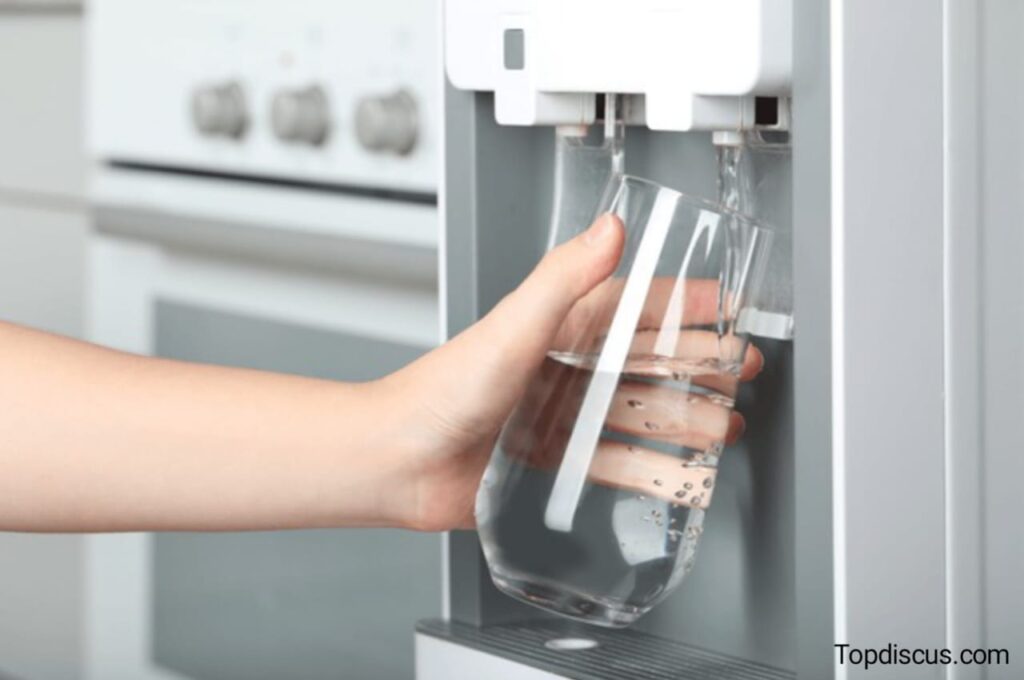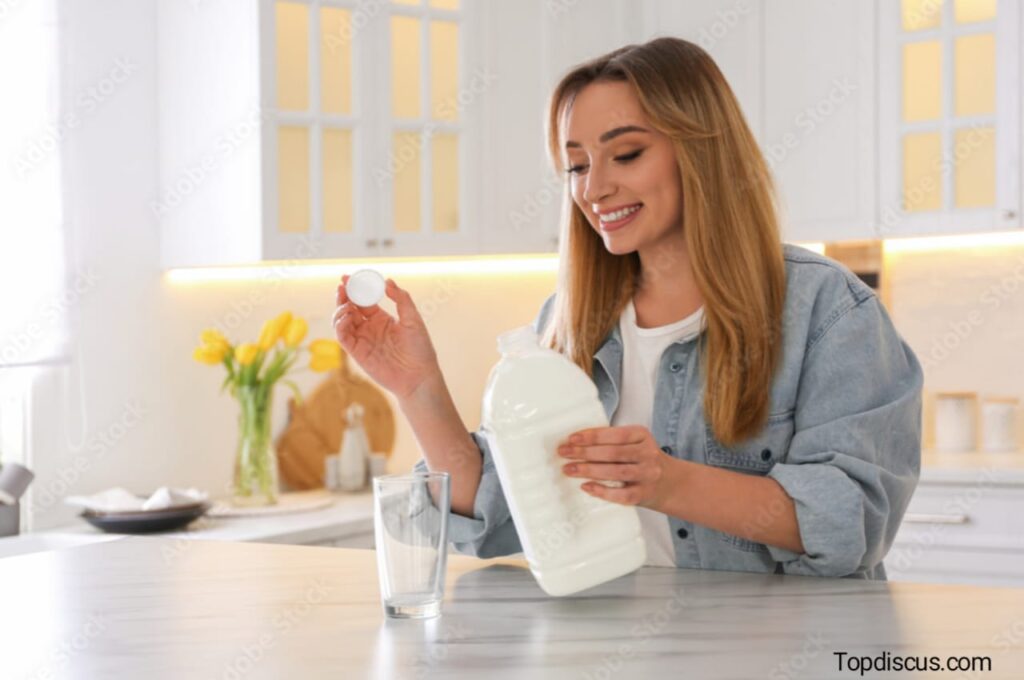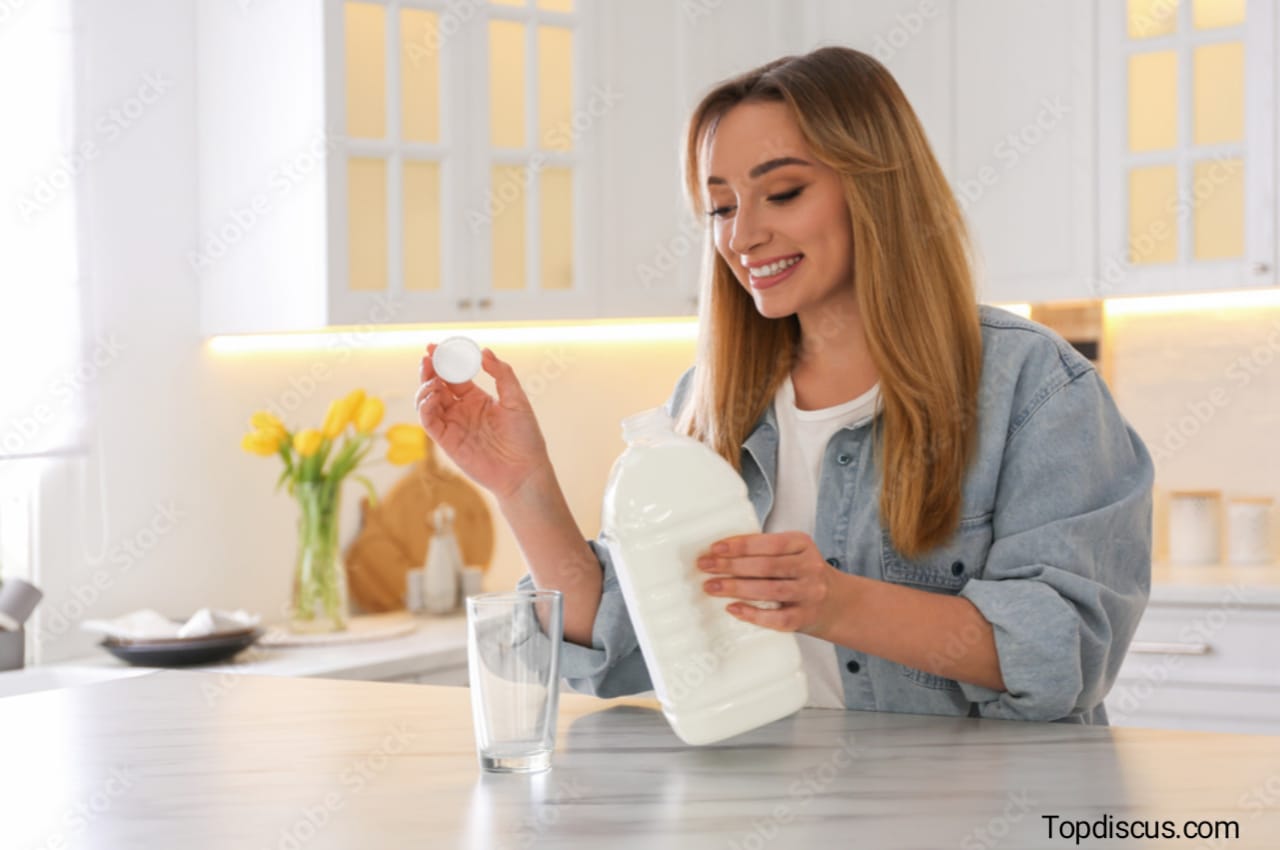In this blog, we will discuss how many ounces in a gallon. Whether you’re mixing a new drink, whipping up a family recipe, or tackling a DIY project, understanding how to convert ounces to gallons and vice versa is handy knowledge. For students, cooking enthusiasts, and DIYers alike, this measurement conversion is not just academic it’s practical and essential for accuracy in various tasks.
Understanding the Basics:
Before we dive in, let’s define our terms:
An ounce (oz) is a unit of weight in the United States customary and the British imperial systems of measurement. However, when we discuss liquids, we refer to fluid ounces, which measure volume.
A gallon (gal), on the other hand, is a larger unit of liquid capacity in the same systems. In the US, we have two different gallons: the US liquid gallon and the US dry gallon, but for this guide, we’ll focus on the liquid gallon, commonly used in daily life.
A gallon contains 128 fluid ounces. Remembering this fact is the keystone for converting gallons to ounces and back again. Fluid Ounces to Gallons Conversion. Step-by-Step Guide on Converting Fluid Ounces to Gallons,
Converting Fluid Ounces to Gallons is a Simple Process:
Determine the total number of ounces you want to convert.
Divide that number by 128 (since there are 128 fluid ounces in a gallon).
To visualize this, let’s look at a quick example:
If you have 256 fluid ounces of iced tea and you want to know how many gallons that equates to, you divide 256 by 128. The answer is 2 gallons.
Imagine you’re making homemade lemonade for a family gathering. The recipe calls for 64 ounces of water. To find out how many gallons you need, divide 64 by 128. The result is 0.5, meaning you need half a gallon.
“Click Here To Visit Our Homepage”
Common Conversions of Ounces in a Gallon:
To make your life easier, here’s a quick conversion table for some common measurements:
“`
| Fluid Ounces | Cups | Pints | Quarts | Gallons |
|————–|——|——-|——–|———|
| 8 | 1 | 0.5 | 0.25 | 0.0625 |
| 16 | 2 | 1 | 0.5 | 0.125 |
| 32 | 4 | 2 | 1 | 0.25 |
| 64 | 8 | 4 | 2 | 0.5 |
| 128 | 16 | 8 | 4 | 1 |
“`
These conversions are beneficial when resizing recipes or calculating the volume of liquids for crafts and DIY projects.
Practical Applications:
Why is it helpful to know how many ounces are in a gallon? Here are some everyday life examples:
Cooking and Baking:
 Many recipes call for precise liquid measurements. Converting between ounces and gallons ensures that you maintain the flavor and consistency of your culinary creations.
Many recipes call for precise liquid measurements. Converting between ounces and gallons ensures that you maintain the flavor and consistency of your culinary creations.
DIY Projects: If you’re painting or building something, knowing how much material you need can save time and money.
Academic Settings:
For students, understanding these conversions is crucial for science experiments and math problems. How Many Ounces in a Gallon.
Tips and Tricks:
Here are some nifty tips for quick mental calculations and easy conversions:
Memorize key conversion multiples, like 32 ounces in a quart, since it’s also 1/4 of a gallon.
Think of a gallon as equivalent to 16 eight-ounce glasses of water, a common daily intake recommendation.
Use free online conversion tools or apps on your smartphone for quick conversions on the go.
Math with Different Units for Liquid Volume:

Comparison of Liquid Volume Units:
To begin, let’s review how these units compare to each other in terms of their values. Here are the numerical relationships between the units: – 2 cups = 1 pint – 2 pints = 1 quart – 4 quarts = 1 gallon Having a clear understanding of these conversions is essential for performing calculations involving different units of liquid volume.
Exploring the Relationships:
To further illustrate the relationships between cups, pints, quarts, and gallons, let’s work with a table. We will determine the number of pints, quarts, and gallons equivalent to a given number of cups. How Many Ounces in a Gallon.
Cups to Pints:
Let’s start by converting cups to pints. If we have 2 cups, how many pints do we have? According to the conversion chart, we know that 2 cups is equal to 1 pint. Therefore, if we have 2 cups, we have 1 pint. Continuing with the table, if we have 4 cups, how many pints do we have? By adding another 2 cups, we obtain 4 cups, which corresponds to 2 pints. It seems that the number of cups divided by 2 gives us the number of pints. This pattern holds for 8 cups and 16 cups as well. To summarize: – 2 cups = 1 pint – 4 cups = 2 pints – 8 cups = 4 pints – 16 cups = 8 pints
Pints to Quarts:
Next, let’s convert pints to quarts. Starting with 2 pints, we know that 2 pints equals 1 quart. Therefore, if we have 2 pints, we have 1 quart. Moving on to 4 pints, we can see that adding another 2 pints gives us 4 pints, which is equivalent to 2 quarts. Similar to the previous conversion, the number of pints divided by 2 gives us the number of quarts. This pattern holds for 8 pints as well. To summarize: – 2 pints = 1 quart – 4 pints = 2 quarts – 8 pints = 4 quarts
Quarts to Gallons:
Finally, let’s convert quarts to gallons. Starting with 4 quarts, we know that 4 quarts equals 1 gallon. Therefore, if we have 4 quarts, we have 1 gallon. Considering 2 quarts, which is half the number of quarts as before, we can infer that we have half of a gallon or 1/2 gallon. The pattern we observe is that the number of quarts divided by 4 gives us the number of gallons. To summarize: – 4 quarts = 1 gallon – 2 quarts = 1/2 gallon
Using the Conversion Table:
Now that we have built our conversion table, we can easily convert between different units of liquid volume. Let’s look at a few examples: – 1 gallon is equal to 16 cups – 1 quart is equal to 4 cups By referring to the conversion table, we can determine how many cups are in a gallon and how many cups are in a quart. This table provides a helpful reference for converting between units that are farther apart, such as cups to quarts or pints to gallons.
“Click Here For more information”
Conclusion:
Understanding How Many Ounces in a Gallon of different units of liquid volume relate to each other numerically is key to performing accurate calculations. In this lesson, we explored the relationships between gallons, quarts, pints, and cups. By using a conversion table, we can easily convert between these units and ensure that our math with liquid volumes is precise. Remember to practice what you’ve learned by trying out online games and quizzes. Have fun and always be clever in your approach to mathematics!
